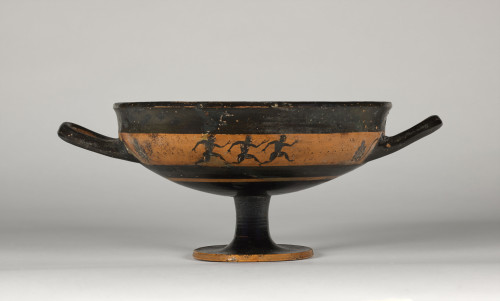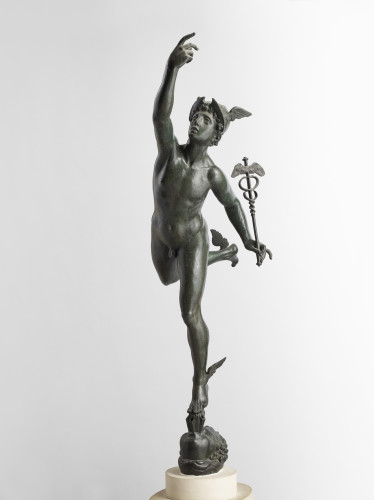If you’re headed to Paris this spring there’s still time to catch a viewing of this fantastic exhibition at the Louvre Museum. Who knows — you just might leave shaking your own tail-feathers.
The Classic Greeks were some of the first artisans (that we know of) to have become fascinated with how the human body moves in space — and how to capture that in bronze, marble, and paint. A fun and inventive exhibition at the Louvre Museum, Paris, is exploring how this enchantment continued through the creative vision of some of art history’s greatest artists.

“Artworks are by nature static,” the museum writes, “but artists were trying to anatomize movement long before chronophotography came along and opened up new perspectives for them in the late 19th century. In their efforts to capture movement, avant-garde artists like Degas and Rodin turned to the world of dance. Around 1900, drawing on antiquity and the work of dancers like Loie Fuller, Isadora Duncan, and Nijinsky, the discipline underwent its own revolution: an innovative gestural repertoire and a break with classical ballet that foreshadowed modern dance. Thus choreography and the visual arts intermeshed.”

The museum continues, “Observing works from the Louvre and its partners will help visitors appreciate the challenge conveying movement represents for artists, and the solutions they have come up with, using the different materials and techniques available to them. Walking, running, stopping in your tracks — not to mention such ‘movements of the soul’ as terror: What conventions govern representation of the movements and postures involved?”
Titled “The Body in Movement: Dance and the Museum,” the exhibition runs through July 3. To learn more, visit the Louvre Museum.
This article was featured in Fine Art Today, a weekly e-newsletter from Fine Art Connoisseur magazine. To start receiving Fine Art Today for free, click here.








